Electric Vans / Electric Van Reviews / The Best Small Electric Vans
Competition is rife amongst manufacturers to design and produce the best small electric van. The race is on to offer the van with the best range, the newest tech, the biggest payload and the largest loadspace. In this article, Tim Cattlin looks at the best small electric vans on the market right now…
Five for the price of one here, as these award winning and best-selling vans are all built by Stellantis and, except for some minor differences inside and out, are technically very similar. They’re available in two body lengths, and in the longer L2 version it’s possible to carry a load 2 metres in length. Payloads max out at a very healthy 803kgs and the van can tow a 750kg trailer.
Trim levels differ between the various badges, but you can reckon on air conditioning and an 8” multimedia screen on the majority of models. A tip if you’re considering one of these – it’s worth comparing specs to see which van has the equipment as standard that you want and need.
That all important electric drivetrain? You’re unlikely to be disappointed – the electric motor produces 136PS and the 50kWh battery pack gives the van an official WLTP test combined cycle range of 175 miles. Read more about the Peugeot-ePartner and on the Toyota Proace Electric
It might surprise some that the futuristic but somehow at the same time retro looking Volkswagen appears in a list of small vans, while looking more like a medium sized vehicle. Looking at the stats though, its load carrying capabilities are more in line with the L2 versions of some of the small vans in our list.
It’s got two levels of trim available, but in both the dash has a fully digital instrument panel for the driver and a 10” centrally mounted multimedia screen. It’s definitely got the most modern, state of the art cab interiors of any van on the market right now. The motor is rated at 204PS, so the van’s ability to accelerate from 0-62mph in 10.2 seconds isn’t a surprise and the range of 254 miles (see full review here) on a full charge is, at the time of writing the best of any electric van of any size that you can buy or lease right now.
It’s got two levels of trim available, but in both the dash has a fully digital instrument panel for the driver and a 10” centrally mounted multimedia screen. It’s definitely got the most modern, state of the art cab interiors of any van on the market right now. The motor is rated at 204PS, so the van’s ability to accelerate from 0-62mph in 10.2 seconds isn’t a surprise and the range of 254 miles on a full charge is, at the time of writing the best of any electric van of any size that you can buy or lease right now.
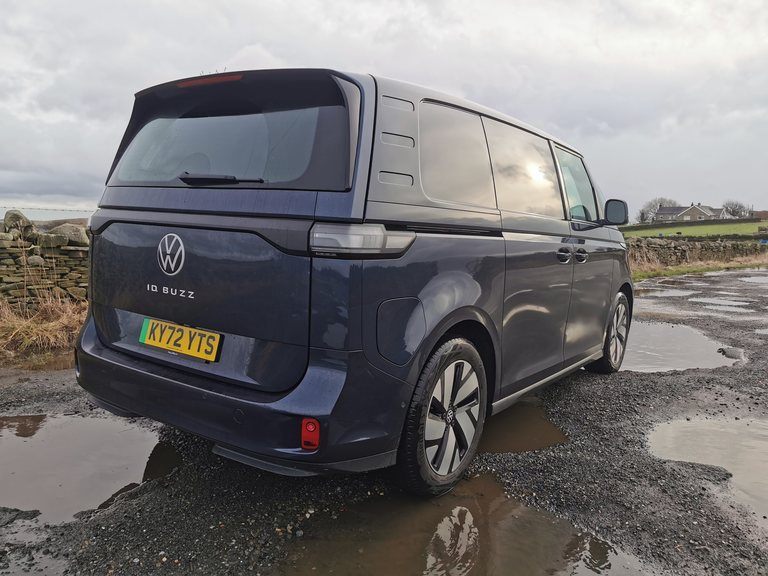
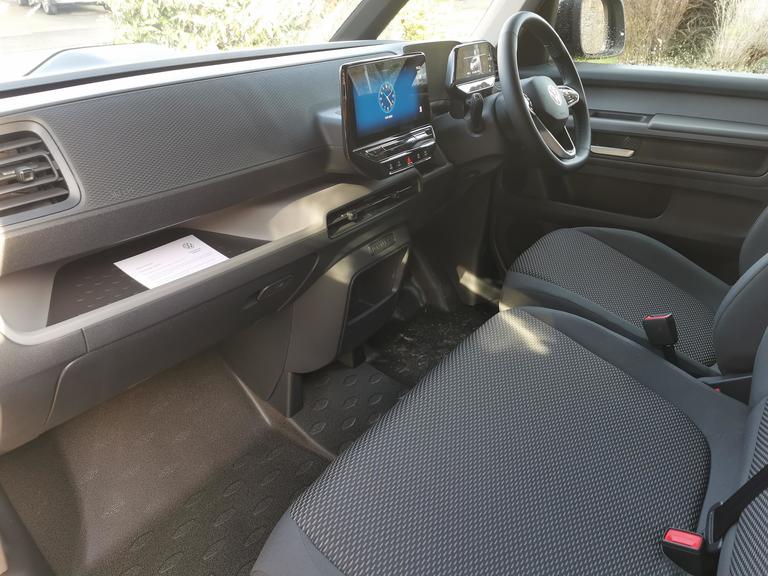

A multi-award winning van, again available with more than one manufacturer’s badge on it. Once again, you’ll notice a few differences, the cab interior in particular being different from van to van, but, essentially, they’re much the same under the skin.
The Kangoo received more than a facelift in 2022, the new van being slated as a brand new vehicle, and it’s certainly a huge improvement on its predecessor. I had the pleasure of driving a diesel powered one for a week and, on the road, it’s hugely refined and enjoyable.
A 120HP electric motor lets the van accelerate from 0-62mph in 11.6 seconds, and the 44kWh battery provides an excellent range on a full charge of 186 miles under the WLTP test cycle.
In the back, there’s plenty of room with a load length of 2240mm on the longer version, although if you’re shopping around for one of these vans, check out the payload figures in the technical specifications as they do differ, the manufacturers offering different GVM (Gross Vehicle Mass) options. As a guide, Renault quotes a maximum of 764kgs, this for the L2 version.
Not a van you’ll see on the road every day, but don’t underestimate the Maxus eDeliver 3. SAIC, the Chinese company that manufactures Maxus vans has been a pioneer in electric van technology for some time now and, whilst some might say they are not the prettiest commercial vehicle on the market, they are very capable indeed.
Looking similar in size and shape to the now much missed Nissan eNV-200, the Maxus has a 2180mm long loadspace in its single offering, and the van is class leading when it comes to payload, offering either 865kgs or 905kgs depending on the battery pack selected (oddly, the bigger battery provides the greater payload due to this model having a higher GVM (Gross Vehicle Mass).
You’ll probably want to opt for this larger, 50.5kWh battery as it offers a decent WLTP test cycle range of 151 miles, the 99 miles available from the 35kWh pack could be restrictive for some but may well be adequate for those working in urban areas and close to base.
The cab interior might not be to everyone’s taste, being a little ‘plasticky’ but, with air conditioning, Apple Carplay / Android Auto smartphone integration, heated seats and a reverse camera all coming as standard, you’ll only be disappointed in the equipment level if you want a DAB radio, a strange omission.
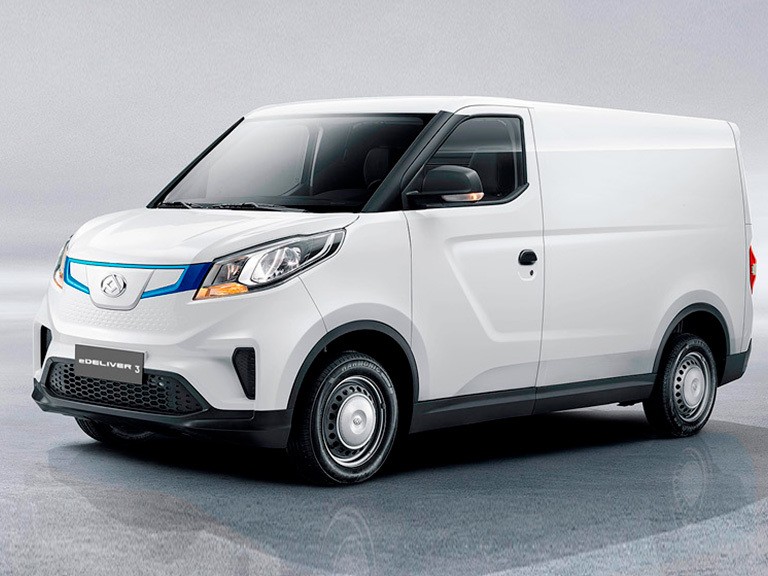
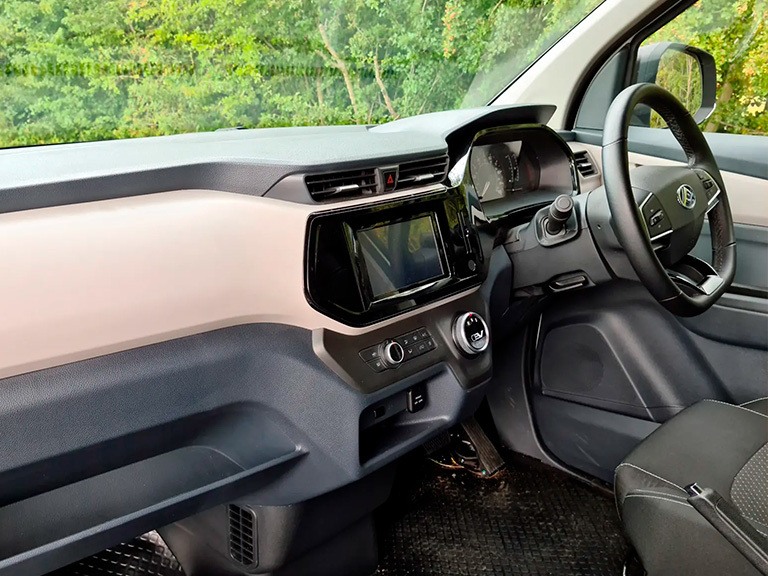
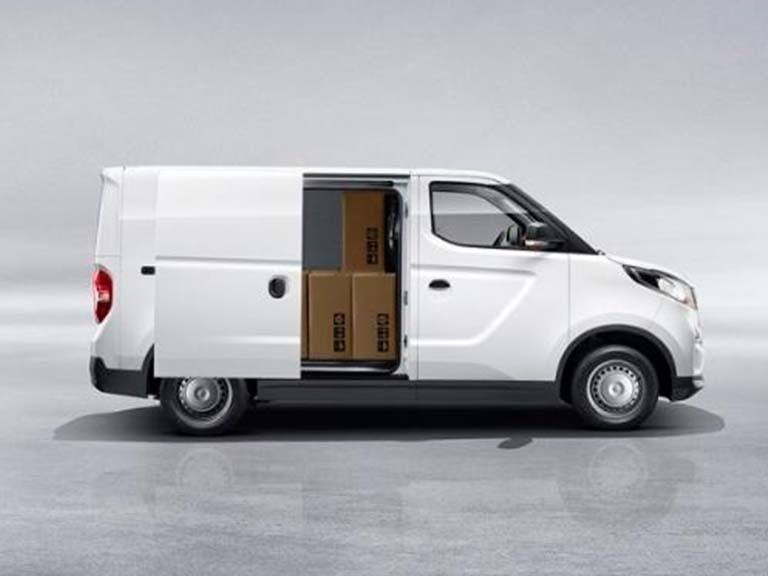
With updates and new offerings from manufacturers in the pipeline, including Ford, watch this space for more entrants into our list of the best small electric vans…
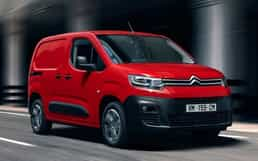 Ask for AvailabilityCitroen Berlingoe-BERLINGO Van 800 M 50kWh Enterprise Pro
Ask for AvailabilityCitroen Berlingoe-BERLINGO Van 800 M 50kWh Enterprise Pro
Go to deal
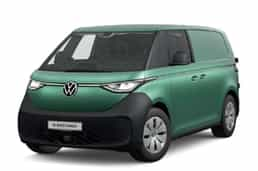 Ask for AvailabilityVw Id Buzz CargoId.buzz Cargo 150kW 77kWh Commerce Auto
Ask for AvailabilityVw Id Buzz CargoId.buzz Cargo 150kW 77kWh Commerce Auto
Go to deal
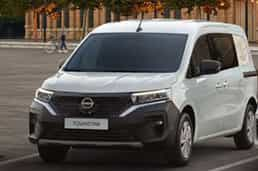 Ask for AvailabilityNissan TownstarTownstar EV Van 45kWh Auto L1 90KW Acenta
Ask for AvailabilityNissan TownstarTownstar EV Van 45kWh Auto L1 90KW Acenta
Go to deal